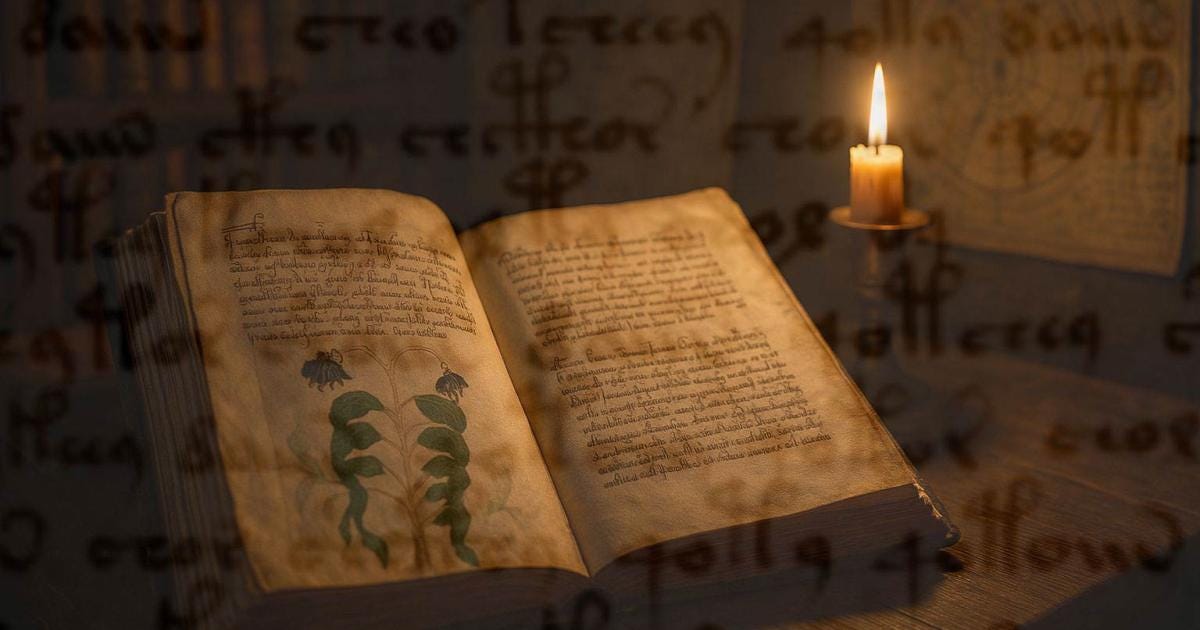A Book Wrapped in Mystery – The Voynich Manuscript
For centuries, one book has captured the imagination of scholars and curious readers alike while refusing to yield its meaning. Its pages contain delicate drawings of plants that seem both familiar and impossible to identify, scenes of women immersed in pools of green water, and long passages of text written in a flowing script that no one has ever been able to read.
The Voynich Manuscript first surfaced in the seventeenth century, when it was acquired by the Bohemian collector Georg Baresch, and later passed into the hands of Athanasius Kircher, the Jesuit scholar famous for his wide-ranging but often speculative studies. From that moment it became a riddle that would travel through time, a puzzle handed from one generation to the next.
Some saw in it a work of alchemy, others suspected a medical treatise, while still others dismissed it as nonsense. Yet the care with which the drawings are made and the consistency of the script give the impression that it was meant to be understood, even if its meaning has been lost to us. What if those strange shapes are not meaningless decorations after all? What if the manuscript is preserving the echoes of a real language still recognizable today?
Keep reading with a 7-day free trial
Subscribe to Ancient Origins UNLEASHED to keep reading this post and get 7 days of free access to the full post archives.


